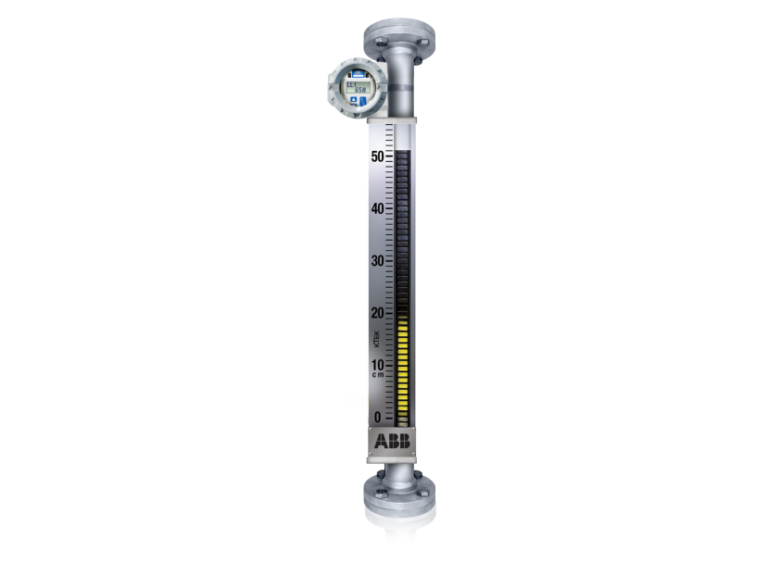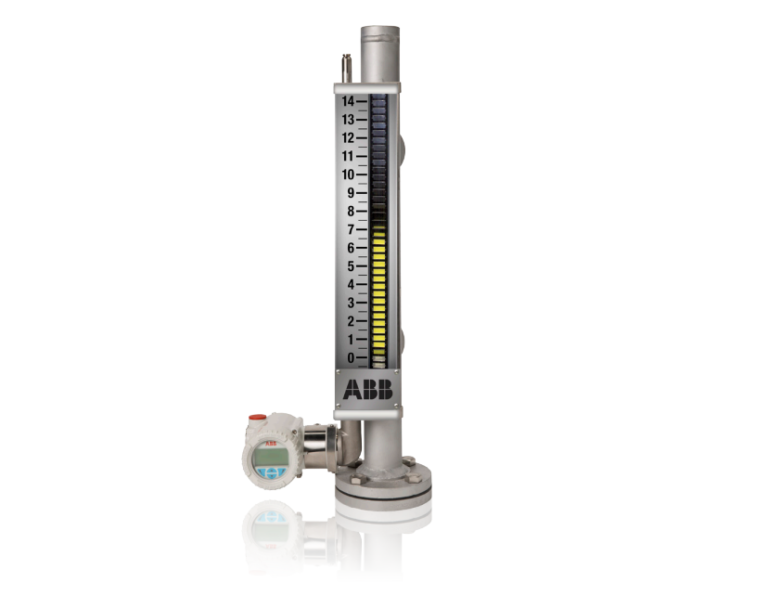In industrial liquid level measurement, magnetostrictive level transmitters are widely used due to their high precision, reliability, and ability to measure liquid levels continuously. However, like many other measuring instruments, these devices have a “dead zone” (also called a blind zone)—a small range in which accurate level measurement is not possible.
What is the Dead Zone?
The dead zone refers to a portion of the measurement range where the sensor is unable to detect or accurately measure the liquid level. Within this region, even if the actual liquid level changes, the transmitter will not be able to provide correct readings. This limitation arises due to the design and working principles of magnetostrictive sensors.

Types of Dead Zones
Dead zones in magnetostrictive level transmitters are generally divided into upper dead zone and lower dead zone:
- Upper Dead Zone – The distance from the very top of the probe where measurement is not possible.
- Lower Dead Zone – The distance from the very bottom of the probe where measurement is also inaccurate.
The specific size of these dead zones depends on the model and technical specifications of the level transmitter being used. For example, in the Youfu ML Series Magnetostrictive Level Transmitters, the upper dead zone is ≤100mm, while the lower dead zone is ≤50mm.
Why Does the Dead Zone Exist?
The dead zone exists primarily because of the sensor’s working principle. In magnetostrictive level transmitters, a pulse wave is sent along a waveguide, and the return signal is detected to determine the liquid level. However, within the dead zone, the transmitted pulse wave either fails to return properly or cannot be effectively received by the sensor. As a result, accurate level readings cannot be obtained within these regions.

How to Minimize the Impact of Dead Zones?
Although the dead zone is an inherent characteristic of magnetostrictive level transmitters, its impact can be minimized by careful installation and operational adjustments:
Proper Sensor Positioning
- Ensure that the expected liquid level does not fall within the upper or lower dead zones.
- Position the transmitter in a way that maximizes the effective measurement range.
Using Extended Probe Designs
- Some manufacturers offer customized probe lengths that help minimize the impact of the dead zone in specific applications.
Adjusting the Measurement Range in System Configuration
- In some cases, configuring the control system to ignore measurements within the dead zones can help avoid false readings.
Understanding Model-Specific Specifications
- When selecting a magnetostrictive level transmitter, check the technical datasheet for dead zone specifications to ensure compatibility with your application requirements.

Conclusion
Dead zones are a fundamental characteristic of magnetostrictive level transmitters, arising from their measurement principles. By understanding the upper and lower dead zones, users can take appropriate steps to ensure accurate and reliable liquid level measurements. Proper installation, selection of suitable models, and careful configuration can significantly minimize any negative effects, ensuring optimal performance in industrial applications.
